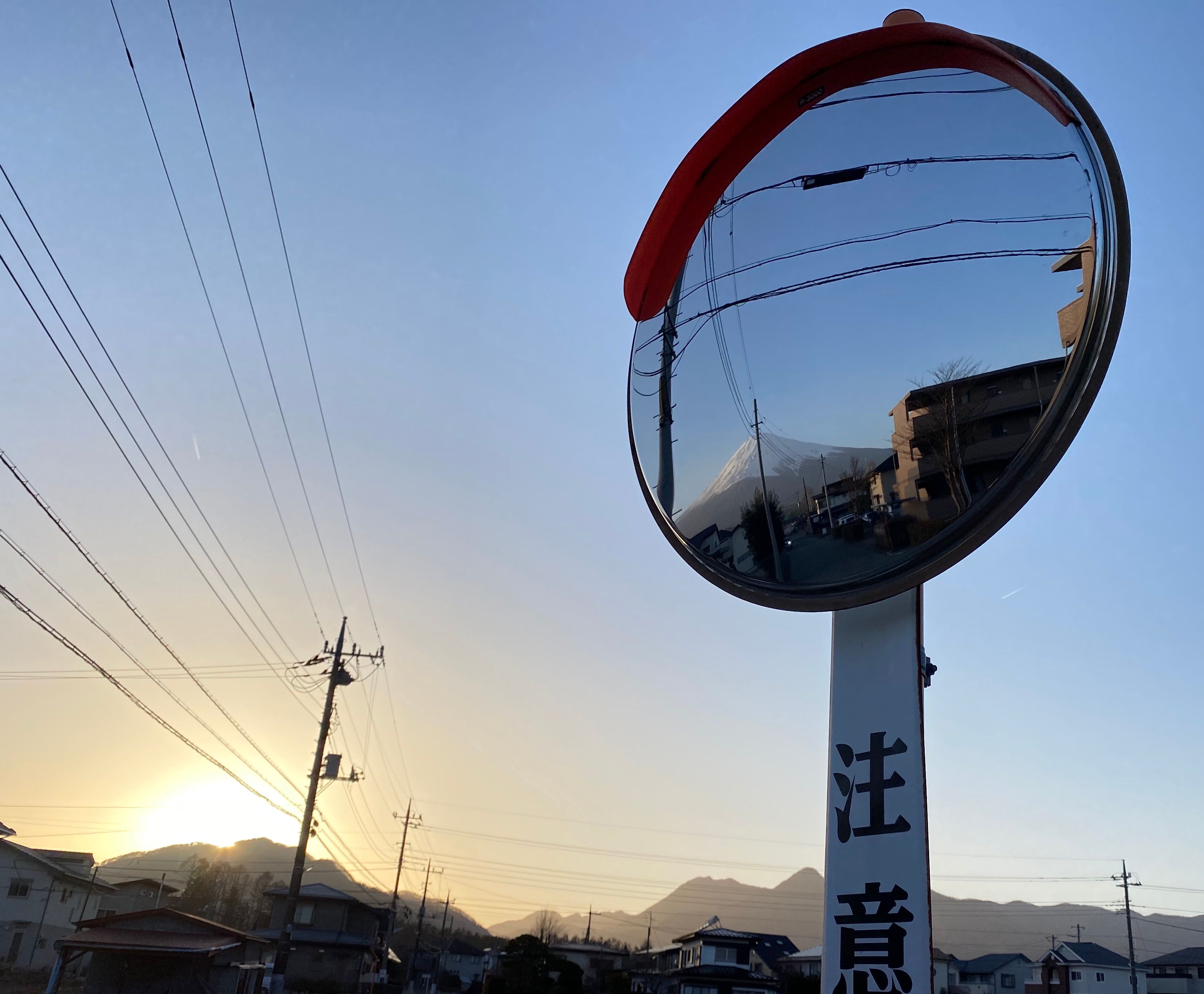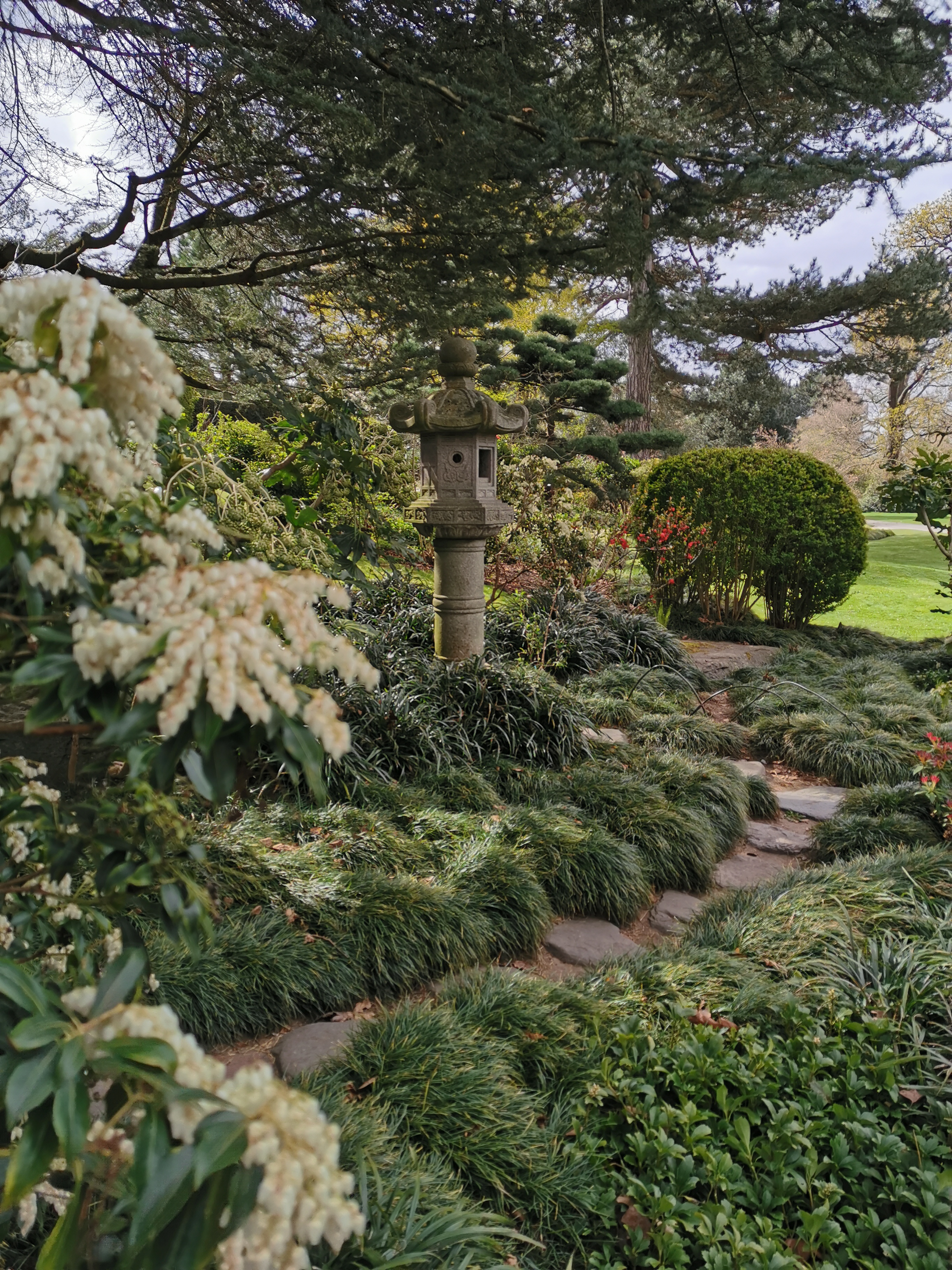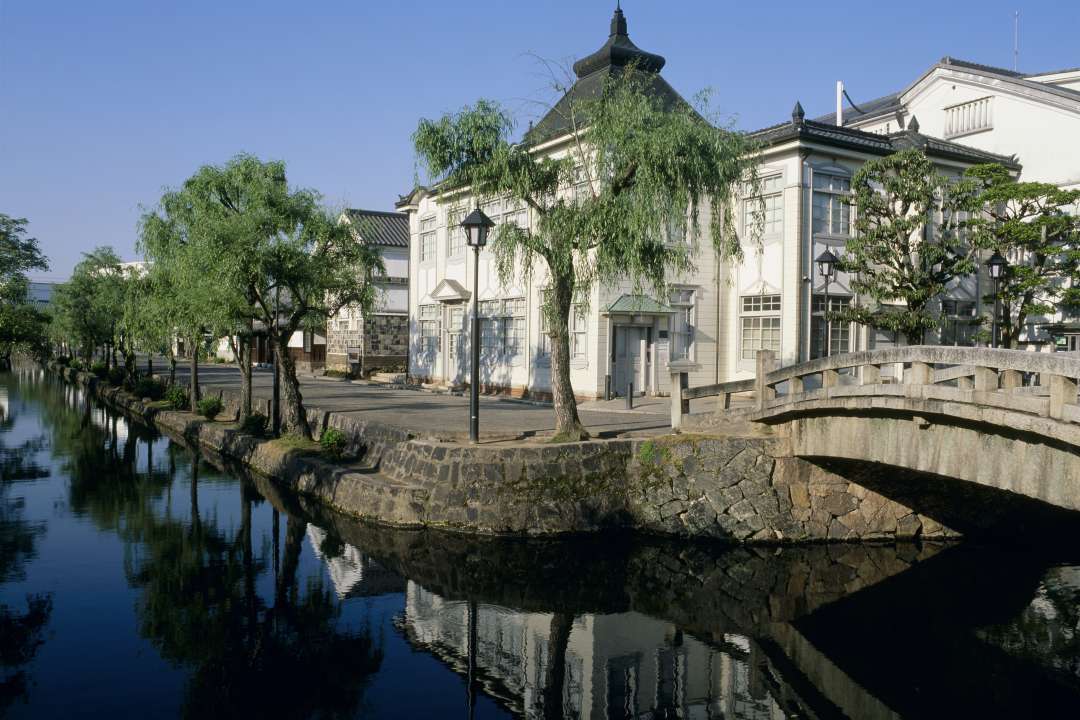
Okayama Prefecture is one of the Japanese prefectures that make up the region known as Chugoku. Situated on the western part of the main island of Honshu and neighbouring Hiroshima, Tottori, and Hyogo Prefectures, it provides access to the island of Shikoku with its own abundance of wonders. Let’s take a look to see the things that you can experience in Okayama Prefecture!
Okayama Castle and Bichu Matsuyama Castle
Okayama Prefecture is famous for some of the historic castles that you can find within its borders. One of the castles is Okayama Castle, found quite close to Okayama Station. Also known as the ‘Crow Castle’, it was originally constructed in the 16th century, but underwent a few rebuilds in the 20th century. Inside the castle you can experience the process of making the famous local pottery known as Bizen-yaki, and see the city views from high up. Nearby Korakuen Garden, one of the three great gardens of Japan, is another spot where you can see the castle, as the garden uses a technique known as ‘shakkei’ or borrowed scenery, placing Okayama Castle in the background of the garden scenes.
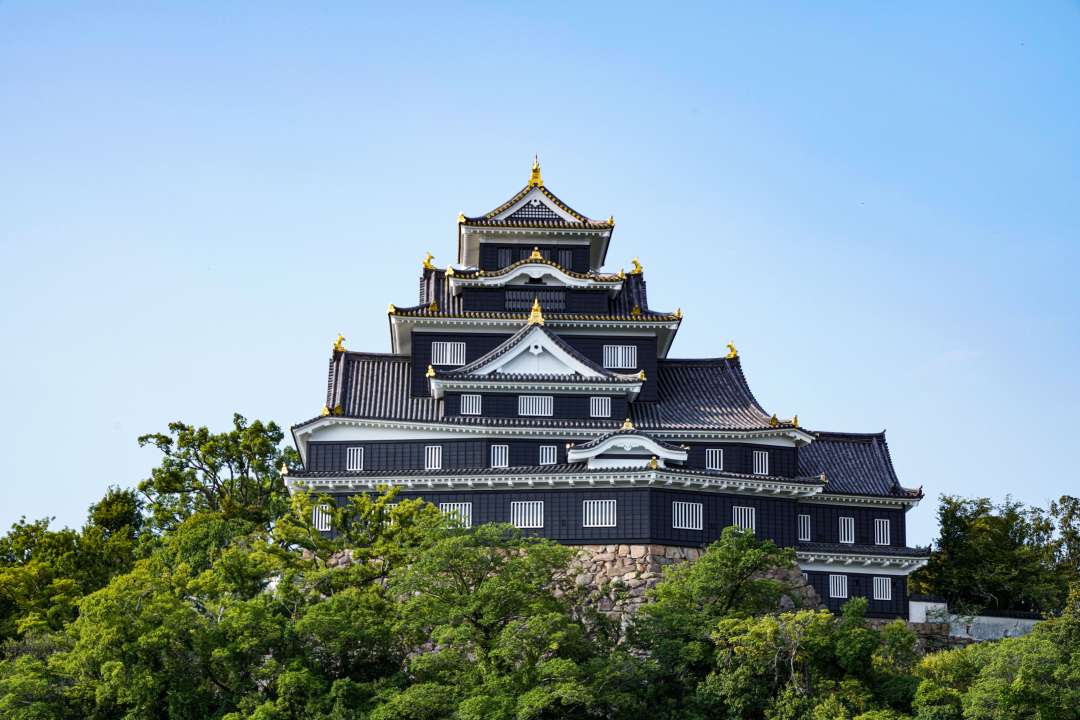
Another castle well worth a visit in Okayama is Bichu Matsuyama Castle. Another castle of the twelve that have original keeps, this castle is also the highest elevated castle in Japan, at over 400 metres above sea level. Found in the Takahashi area, northwest of Okayama City, the castle is quite old compared to other Japanese castles, with original fortifications dating back to the 13th century, in what was known as the Kamakura Period. Some of the best views you can get of the castle are from a nearby observatory, where if you are lucky, you can see the clouds forming beneath the castle walls, making it look as if there is a castle in the sky! Best seen in autumn, a walk around the castle is the perfect way to experience a step back in time.
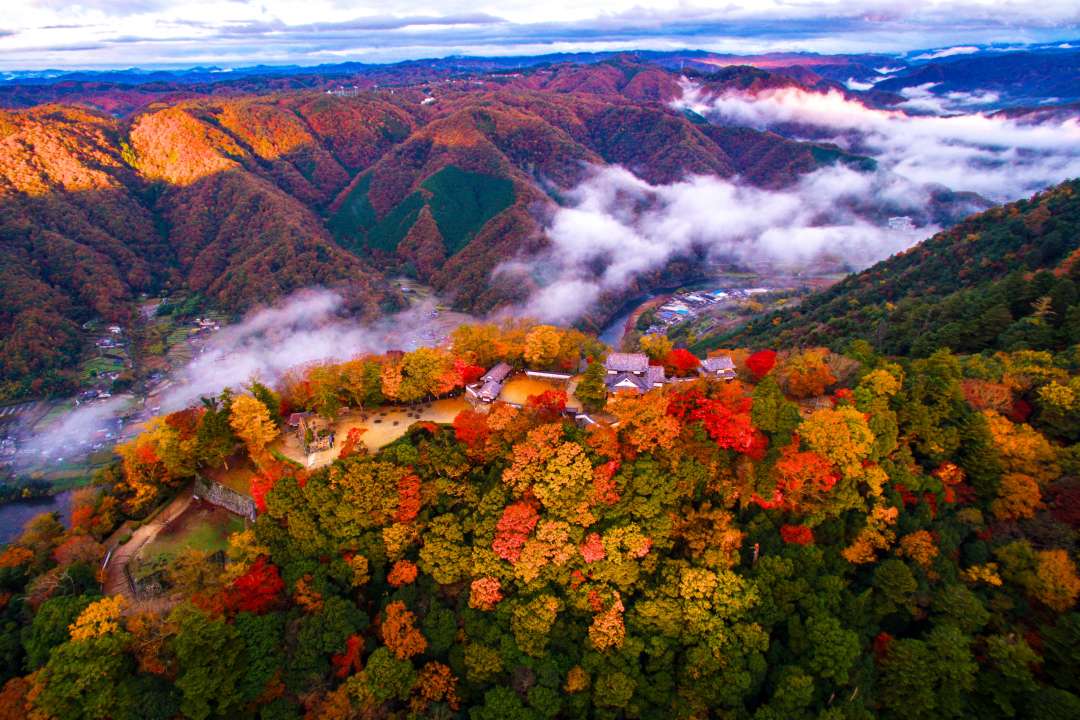
Bichu Matsuyama Castle, © Okayama Prefectural Tourism Federation
Kurashiki
Located slightly to the west of Okayama City is the city of Kurashiki. Filled with canals and a perfect place to pick up a new favourite pair of jeans, Kurashiki is a fun addition to a trip to Okayama. The Kurashiki Bikan Historical Quarter, a district of historic buildings and canals is a great way to see Edo Period Japan, and a canal cruise is highly recommended to see all the buildings from unique angles. For the art enthusiasts, the Ohara Museum of Art has a great collection of western art from many of the greats, such as Monet. Matisse, and others.
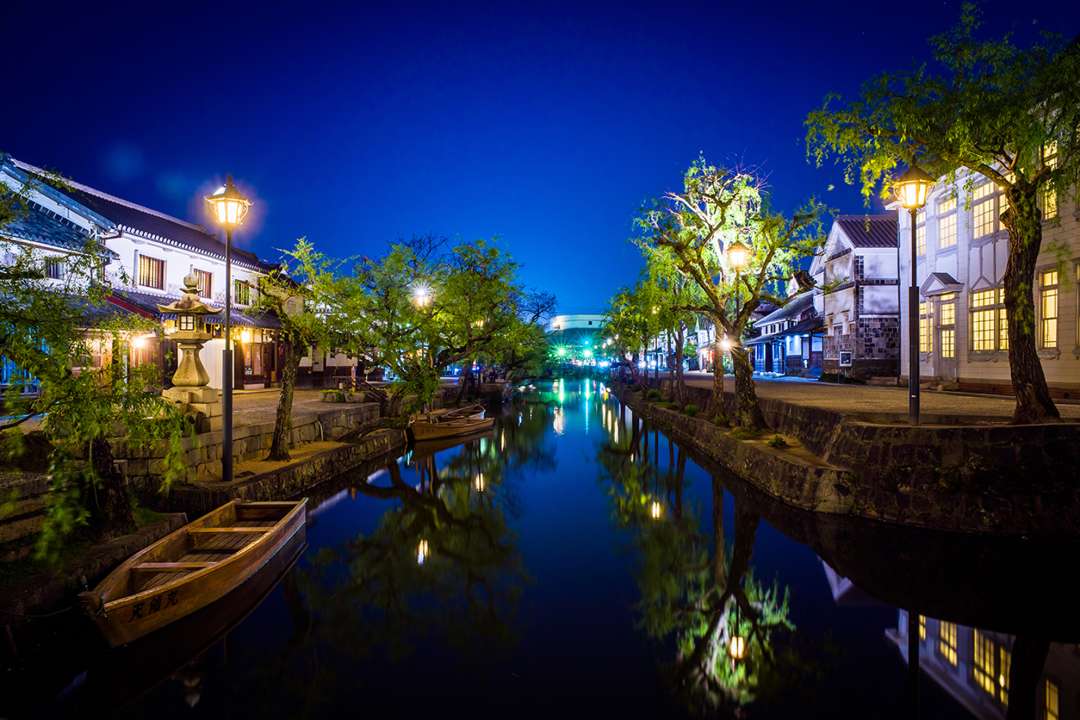
The Kojima area is famous for denim, known to be the area where Japanese denim originated, and also where a high amount of indigo dyeing occurs. You can wander around the streets and marvel at the amount of denim and jean stores. Make sure not to leave without taking home some new pieces of clothing. Also nearby are a variety of manufacturer factories, some allowing tours such as the Mitsubishi car factory!
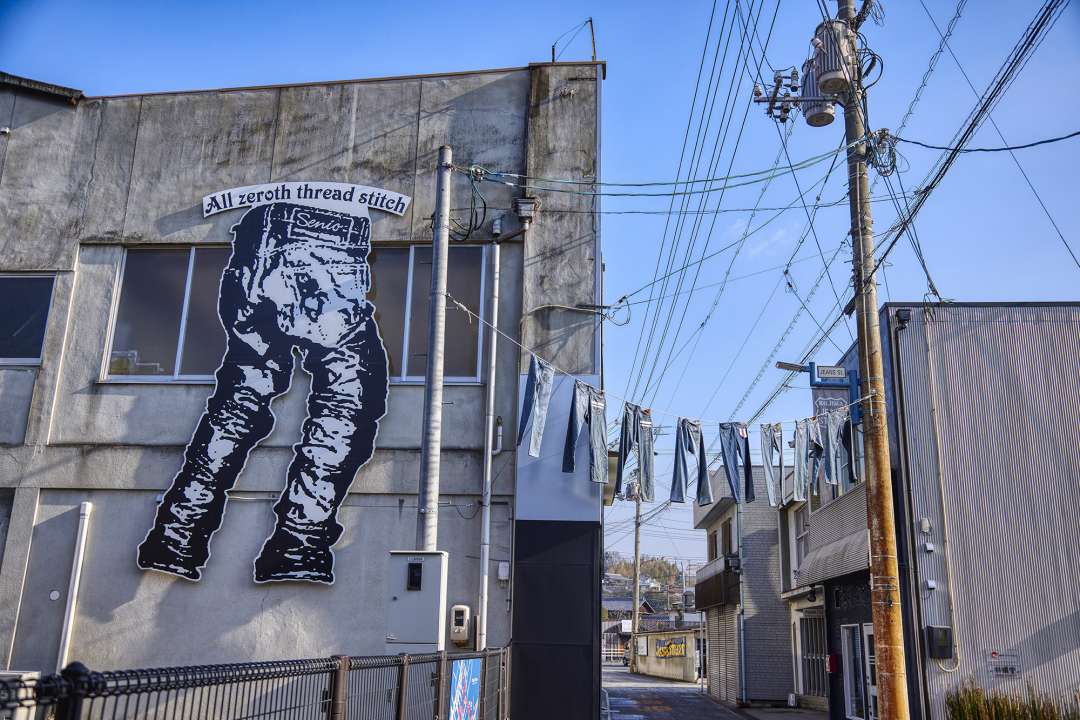
Kibitsu Shrine
We head back east, closer to Okayama City for our next destination. Kibitsu Shrine, which has rather unknown origins, does have some mention in Japanese historical texts before the year 1000. The underlying story of the shrine is sometimes thought to be the originator of the famous Momotaro myth. Kibitsuhiko no Mikoto, the son of Emperor Korei, is said to have defeated the villain Ura, and he has been celebrated by various festivals throughout the years. The honden and haiden of the shrine, built in the late 14th century, are architecturally unique, with features of Buddhist architecture and ‘kibitsu-zukuri’ style. There is also a 360 metre long corridor on the shrine grounds that leads from the main shrine grounds to the back area. When you visit the shrine, don’t forget to pick up some shrine goods from the juyosho. With many of them having motifs of Momotaro on them, they will be perfect souvenirs of a fun trip. You can access the shrine from Kibitsu Station, where it is only a short walk away.
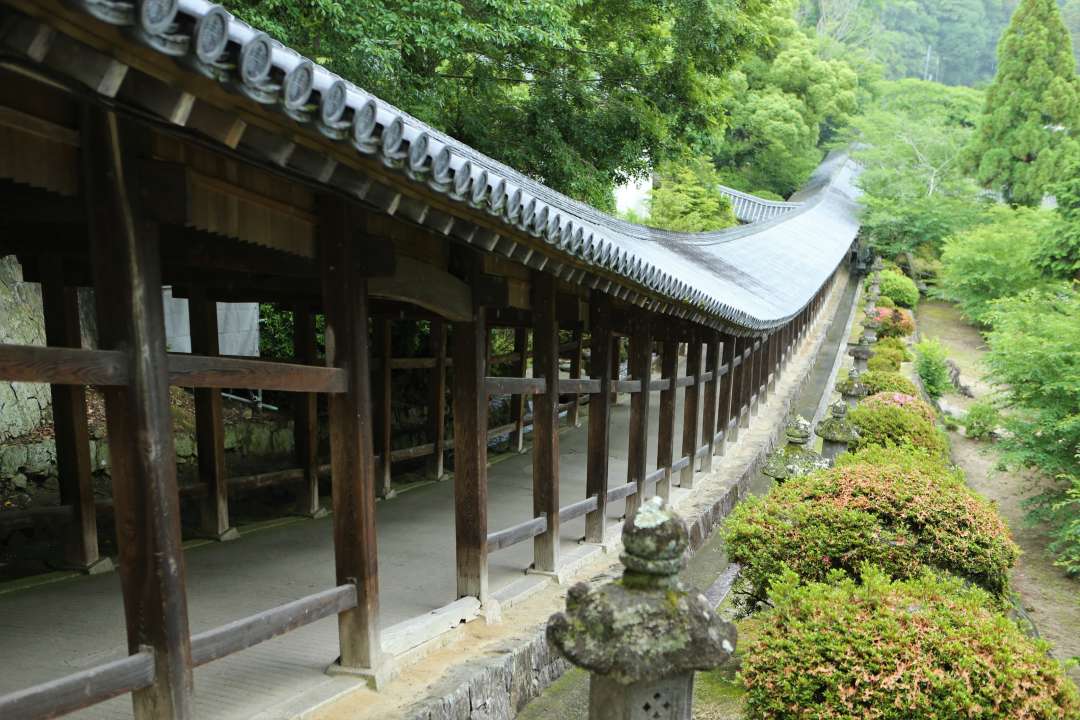
Bizen-yaki
East of Okayama City, you’ll find the area of Bizen, where some of the prefecture’s most famous pottery is made. The pottery appeared throughout Japan in the 14th century, and is highly regarded even to this day. Visit the Bizen Pottery Museum near Imbe Station to see some Bizenyaki, in addition to learning more about the craft. Shops around the prefecture will sell Bizenyaki, and they can make wonderful gifts and things to take home. Bizenyaki is traditionally earthy colours, but many other varieties and colour schemes are made.
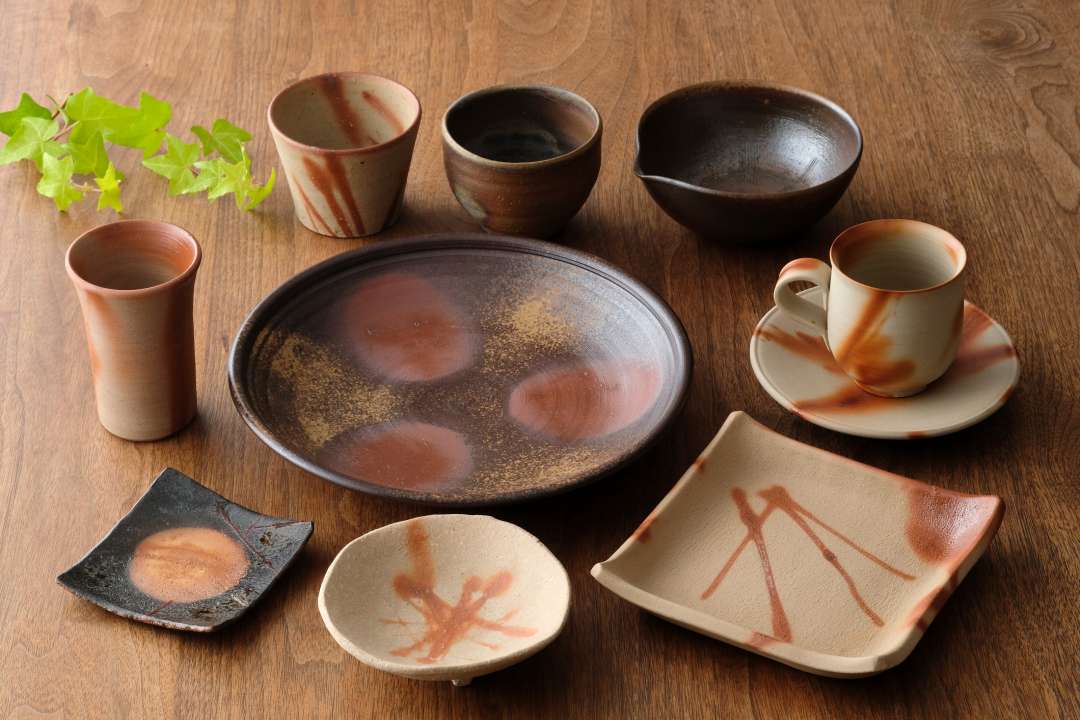
While you are in the area, the Bizen Osafune Sword Museum makes for a great place to stop by, and admire the craftsmanship and artistry of Japanese sword makers throughout the years.
Kanba Falls
Okayama Prefecture has a huge variety of nature and beautiful vistas to see, and Kanba Falls is one of them. Found in the northern part of the prefecture, near the Daisen-Oki National Park, this 100 metre tall waterfall is ranked in the list of 100 Waterfalls of Japan. The waterfall is composed of multiple tiers and other smaller streams, all framed within the lush green forests. On the approach to the main falls, there is a smaller and wider waterfall known as the ‘Bamboo Curtain’, which is a set of multiple small streams of water that form a curtain-like appearance over the rocks. Visiting the falls in the autumn time is a great idea as the trees around the falls will all be changing into various shades of red and orange, making for a wonderful sight. Winter, summer, and spring are all top times as well, depending on whether you want dense greenery or even snow. Best accessed with a car or taxi from Chugoku-Katsuyama Station, there is even a cave system that you can explore near the trail entrance.
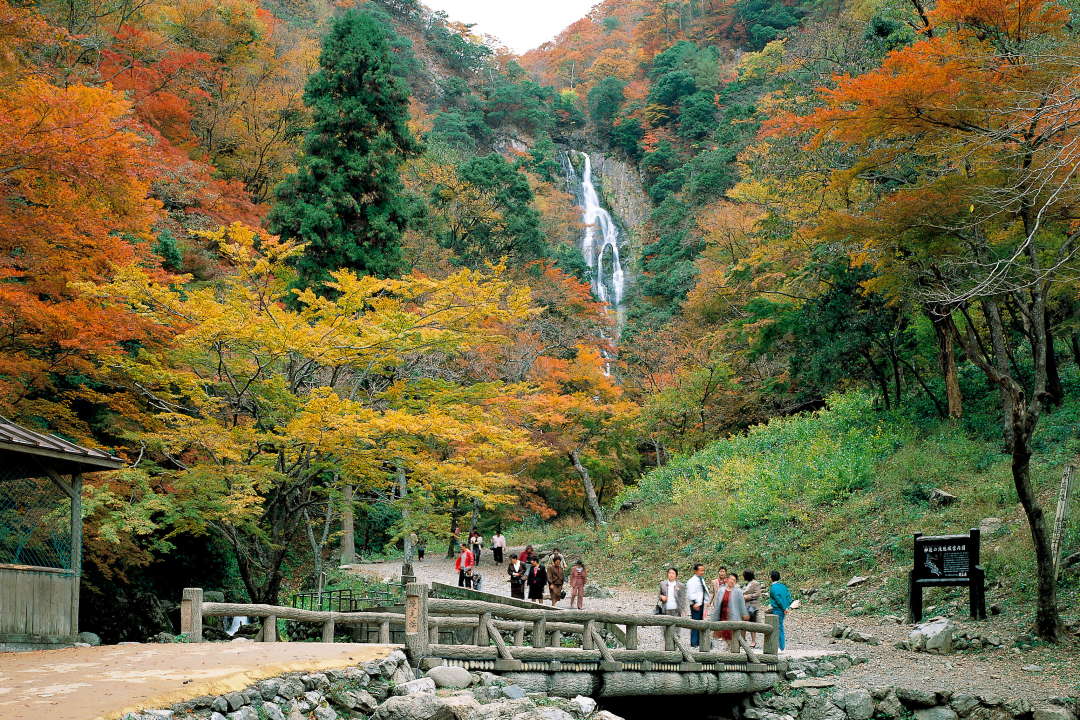
Okayama Prefecture is the perfect gateway between the main island of Honshu and Shikoku, filled with deep cultural experiences, natural beauty, and stunning crafts. It makes for a perfect addition for anyone who is visiting nearby Hiroshima or Hyogo prefectures, or even its own trip by itself!
To stay up to date with all the latest happenings in Japan follow us on Facebook or Instagram!















































